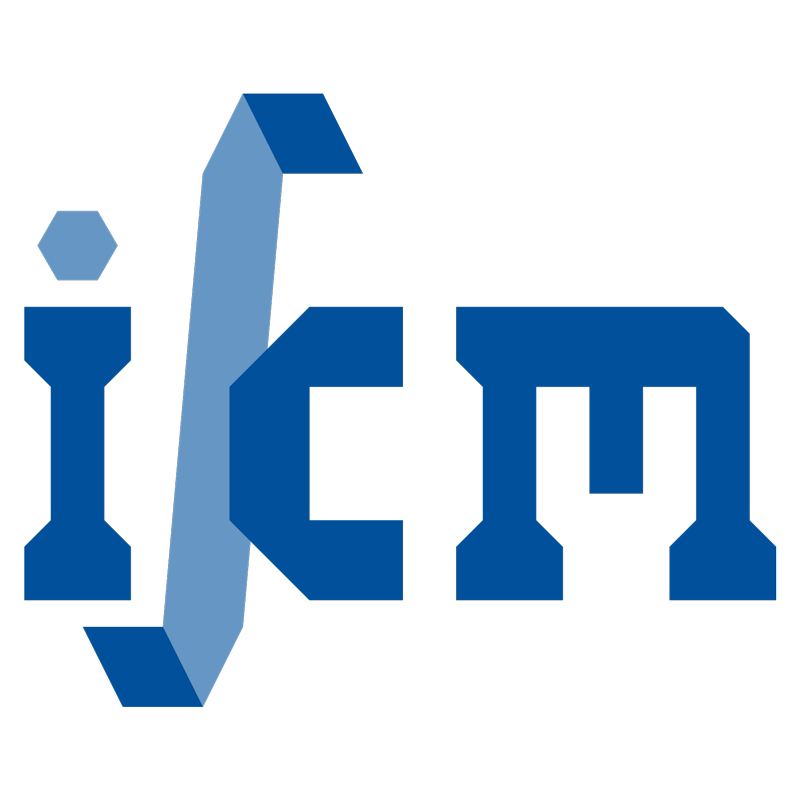Extended constant life diagrams for low cycle fatigue and creep-fatigue assessments of high-temperature structures
- authored by
- Zhiyuan Ma, Zhuojia Fu, Haofeng Chen, Xiaoxiao Wang, Daniele Barbera
- Abstract
Over the decades, the constant life diagram has become an important tool for engineering design and assessment. For specific materials, the effect of mean stress and stress amplitude on the fatigue life is considered in traditional constant life diagrams. In this study, the concept of the structural constant creep-fatigue life diagram is proposed for engineering structures subjected to cyclic loads in high-temperature environments. By integrating constant fatigue and creep-fatigue life curves into the traditional Bree diagram, we offer an efficient and reliable approach that enables quick determination of structural life and corresponding failure mechanisms. To provide a one-stop solution for the evaluation of constant fatigue/creep-fatigue life curves, an extended Unified Procedure for Fatigue and Ratchet Analysis (eUPFRA) has been proposed based on the Linear Matching Method (LMM) framework. Case studies on engineering components have also been performed with consideration of the cyclic hardening effect, temperature-dependent material properties and various damage models. The impact of the target life and creep dwell time is further investigated, as well as the creep-fatigue interaction mechanism. Verification against ABAQUS step-by-step inelastic analysis has finally been conducted, confirming the precision and efficiency of the eUPFRA.
- Organisation(s)
-
Institute of Continuum Mechanics
- External Organisation(s)
-
Hohai University
East China University of Science and Technology
University of Strathclyde
- Type
- Article
- Journal
- Engineering structures
- Volume
- 308
- No. of pages
- 19
- ISSN
- 0141-0296
- Publication date
- 01.06.2024
- Publication status
- Published
- Peer reviewed
- Yes
- ASJC Scopus subject areas
- Civil and Structural Engineering
- Electronic version(s)
-
https://doi.org/10.1016/j.engstruct.2024.118005 (Access:
Closed)
-
Details in the research portal "Research@Leibniz University"


